Let's talk about the weird psychosexual energy in Beauty and the Beast
This movie is weird. Really, really weird.

Never would I have expected a live-action remake of Beauty and the Beast to work. The original 1991 animated film was way too weird ... especially when it comes to sexuality.
For one thing, the original was built around distortions of masculinity that are tough to replicate live — from a rakish talking candelabra to a literal sexy beast to a man who ate 48 eggs every morning to help him get large. It takes secondary sex characteristics to a truly troubling extreme, sexualizing feather dusters and repeatedly showcasing the contrast between tiny-waisted Belle and her giant-biceped muscle-suitors. It asks you to regard inter-species love as redemptive while begging you not to think too hard about it, and tricks you into kind of hating that redemption when the poor castle servants recover their former shapes. (I'm sorry, but human Mrs. Potts isn't half as charming without her teapot face, and human Chip can go hang.)
But by acknowledging the stranger aspects of the original, Bill Condon's live-action adaptation is an appropriately uncomfortable delight. It's uncanny, cartoonish, and stuffed with silly visual cues that tether its "live-action" actors to the curiosities they become. The parallels between how folks were styled when they get cursed and their subsequent appearance as objects remains a surprisingly solid visual joke. Fans will appreciate how closely certain numbers hew to the original — "Belle" especially — while others, like "Gaston" and "The Mob Song," even manage to improve over the originals. Luke Evans slays as Gaston, the beefcake villain who wants Belle as a trophy. Compared to his cartoon counterpart, he oozes spoiled charisma and (when things start to go wrong for him) a gift for distracting people with vicious rabble-rousing that feels relevant in ways his predecessor didn't. Josh Gad adds texture and humor to Gaston's sidekick LeFou.
The Week
Escape your echo chamber. Get the facts behind the news, plus analysis from multiple perspectives.

Sign up for The Week's Free Newsletters
From our morning news briefing to a weekly Good News Newsletter, get the best of The Week delivered directly to your inbox.
From our morning news briefing to a weekly Good News Newsletter, get the best of The Week delivered directly to your inbox.
Compared to the villains, the central cast is subdued. Ewan McGregor and Ian McKellan do fine work as Lumiere and Cogsworth, but their facial expressivity is limited by the fact that they're "real" objects. They bicker less — Cogsworth, in particular, gets less to do — and the situation inside the castle is drearier than it was in the cartoon. The fact that married couple Madame Garderobe (Audra McDonald) and Maestro Cadenza (Stanley Tucci) haven't laid eyes on each other since the curse is particularly horrifying, and dwelt on at some length. The castle is a dusty, dirty mess littered with petrified megafauna, and Condon's animation choices magnify this ambient despair. In this version, the servants lose lifelike qualities every time a petal drops off the rose. They become more object-like, and it shows: While Plumette (Gugu Mbatha-Raw) is stunningly rendered, her ability to express doesn't reside in her face, and Mrs. Potts' face (played by Emma Thompson) looks distressingly blank without her trademark nose.
As for the principals, I sometimes questioned whether Dan Stevens' Beast needed to look quite so much like a hirsute Sam Malone, but the live-action adaptation's most noteworthy departure is Belle. This, too, is a function of the format. You could half-believe that cartoon Belle was the beautiful weirdo outcast of her town, but that was partly because Belle gave the townies (and Gaston) so much side-eye. Cartoon Belle was sarcastic. She raised an eyebrow. Emma Watson's Belle doesn't seem amused by the villagers' eccentricities in the same way.

For all that I love Emma Watson (and I do — the part where she "wants more than this provincial life" gave me chills), I'm a little puzzled by her choice to make Belle less sarcastic and knowing than her cartoon counterpart and even more dreamy and serious and sincere. The movie needed Belle to be a little bit prissy and wry in her dealings with the Beast so we could watch her thaw toward him. Watson's Belle is intelligent and serious and practical, but she isn't quite prim or judgmental enough to register his everyday "Beastiness." Even more surprising is that she rarely teases him — that was key to their dynamic in the original. The result here is that her change of heart is oddly paced and not as clearly marked.
That change of heart — the point at which "barely even friends" changes to "then somebody bends," as the song says — was always going to be the hardest challenge for this film, and I'm not sure it quite nailed it. Rendered live, this movie contains an overwhelming amount of confusingly distributed psychosexual energy. Gaston is so into himself that everything around him kind of is too. Plumette and Lumiere are sex on a stick. As for our central couple, the prospect of tiny Emma Watson kissing a gigantic hairy Sam Malone with horns and a tail who's been keeping her prisoner is so egregiously uncomfortable that the camera only just barely manages to show it when it finally happens. As if to compensate for how gingerly the film approaches its defining moment, Condon really emphasizes their physicality in the ballroom dance scene, which flirts a lot with their sensual compatibility.
A free daily email with the biggest news stories of the day – and the best features from TheWeek.com
It is weird.
(I will seriously never understand how anyone got upset by LaFou's sexuality in this thing.)
Here's what the film does beautifully, though: When Belle jokes at the end of the movie that she wishes the Human Formerly Known as Beast would grow a beard, it goes a long way toward defusing the bizarre erotics of the whole situation by saying the unsayable — that she was attracted to his animal qualities — out loud. It was exactly the right choice.
A live-action version of a beloved cartoon needs to add some new dimension to be worth attempting, and besides adding some major back story and a few new songs (besides the Beast's song about being alone in his tower, which was a mistake), this is a beautiful and bizarre thing to watch. And the film's darker tone, coupled with its choice to connect the protagonists through their shared loneliness, is balanced by its willingness to play with the ways in which live action becomes grotesque.
Lili Loofbourow is the culture critic at TheWeek.com. She's also a special correspondent for the Los Angeles Review of Books and an editor for Beyond Criticism, a Bloomsbury Academic series dedicated to formally experimental criticism. Her writing has appeared in a variety of venues including The Guardian, Salon, The New York Times Magazine, The New Republic, and Slate.
-
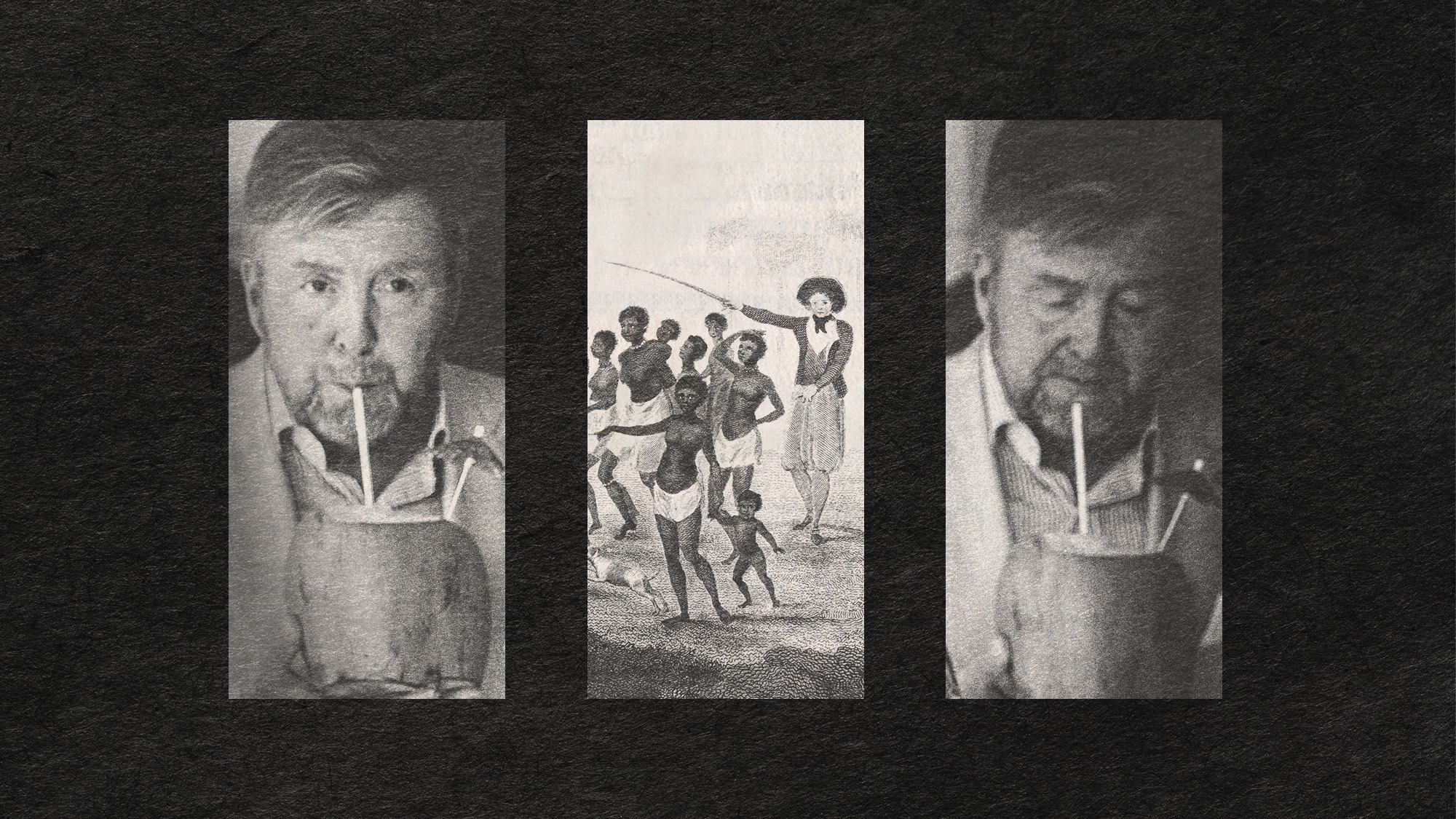 In Suriname, the spectre of Dutch slave trade lingers
In Suriname, the spectre of Dutch slave trade lingersUnder the Radar Dutch royal family visit, the first to the South American former colony in nearly 50 years, spotlights role of the Netherlands in transatlantic trade
-
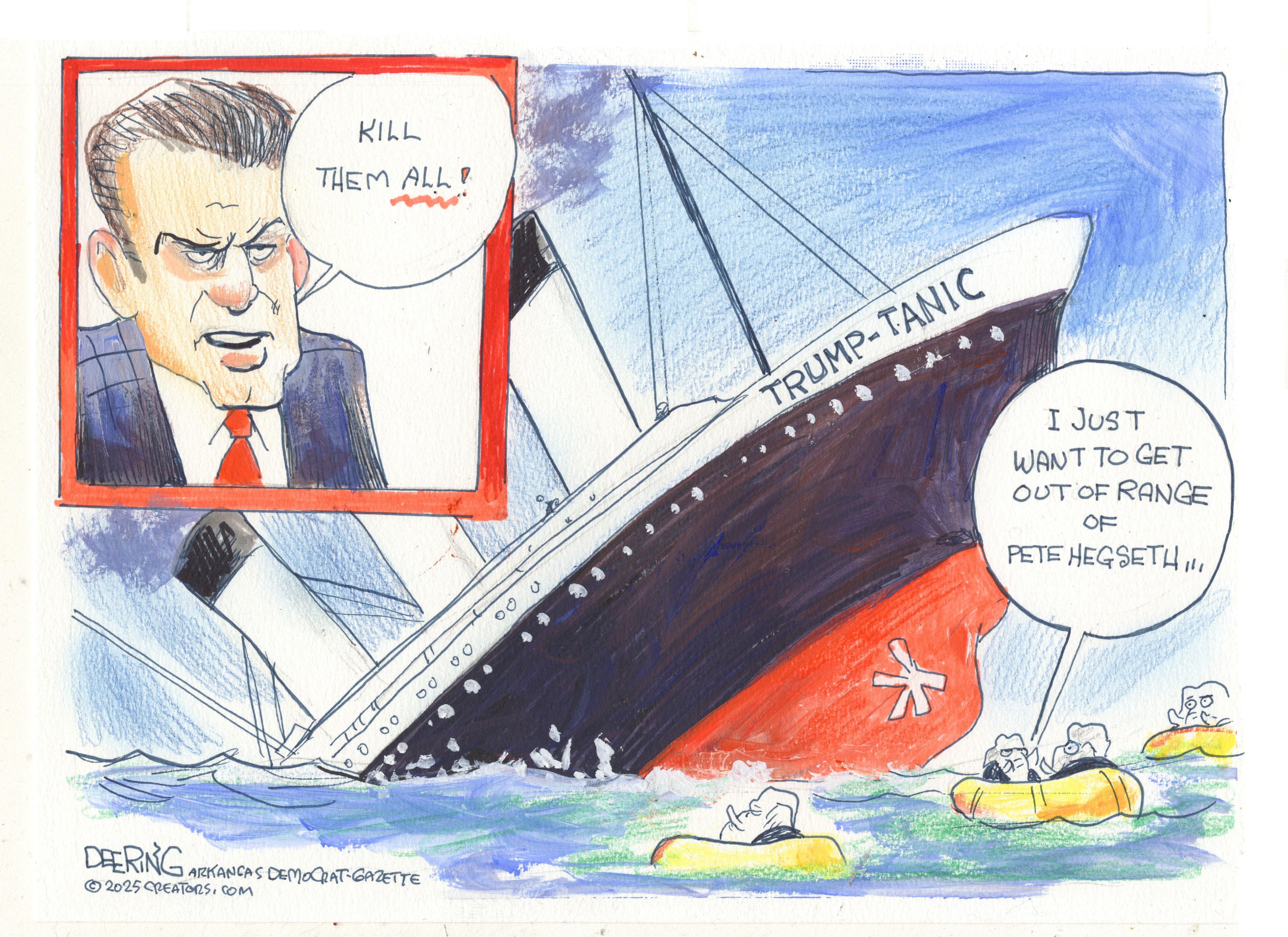 Political cartoons for December 7
Political cartoons for December 7Cartoons Sunday’s political cartoons include the Trump-tanic, AI Santa, and the search for a moderate Republican
-
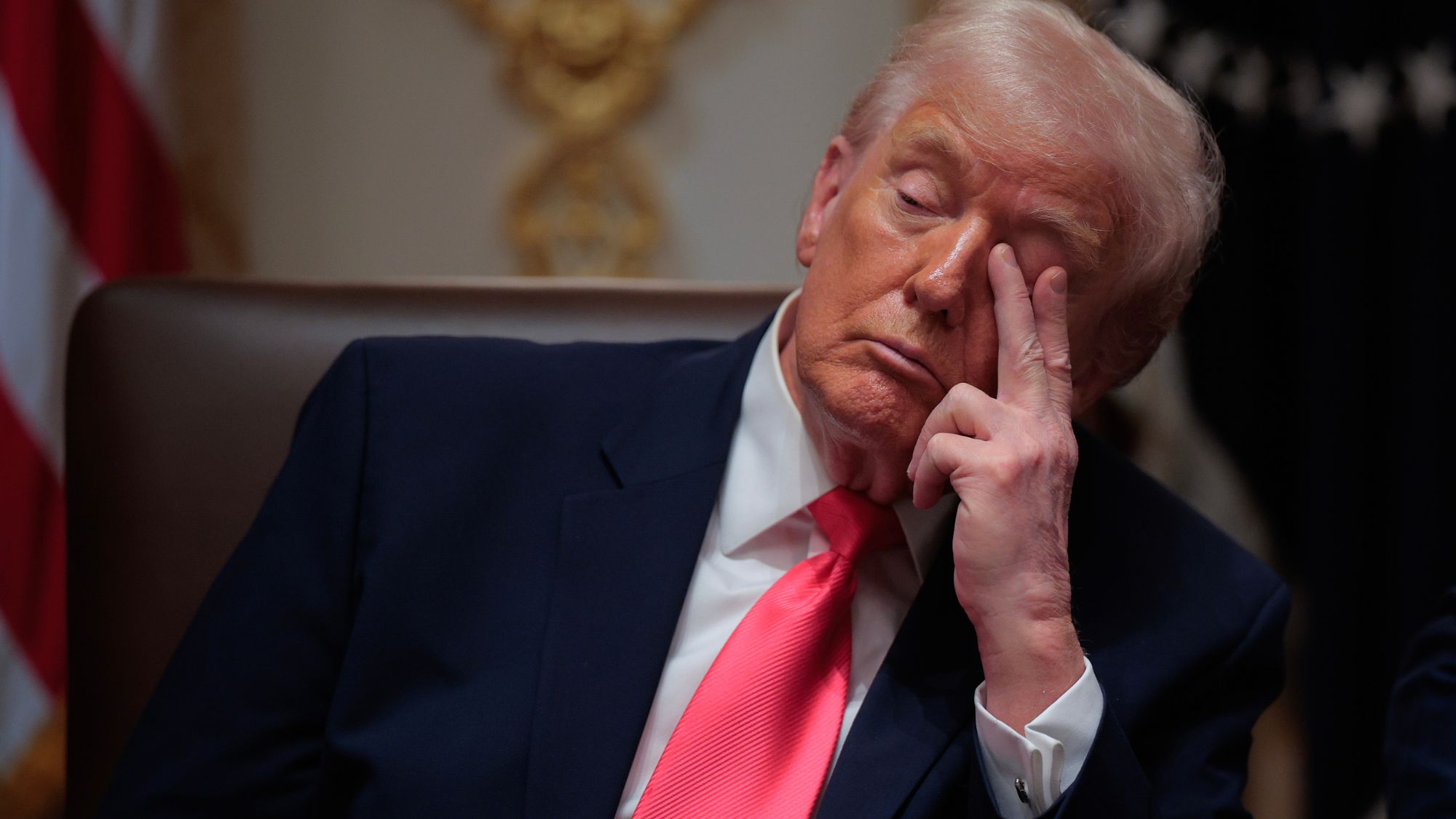 Trump’s poll collapse: can he stop the slide?
Trump’s poll collapse: can he stop the slide?Talking Point President who promised to ease cost-of-living has found that US economic woes can’t be solved ‘via executive fiat’
-
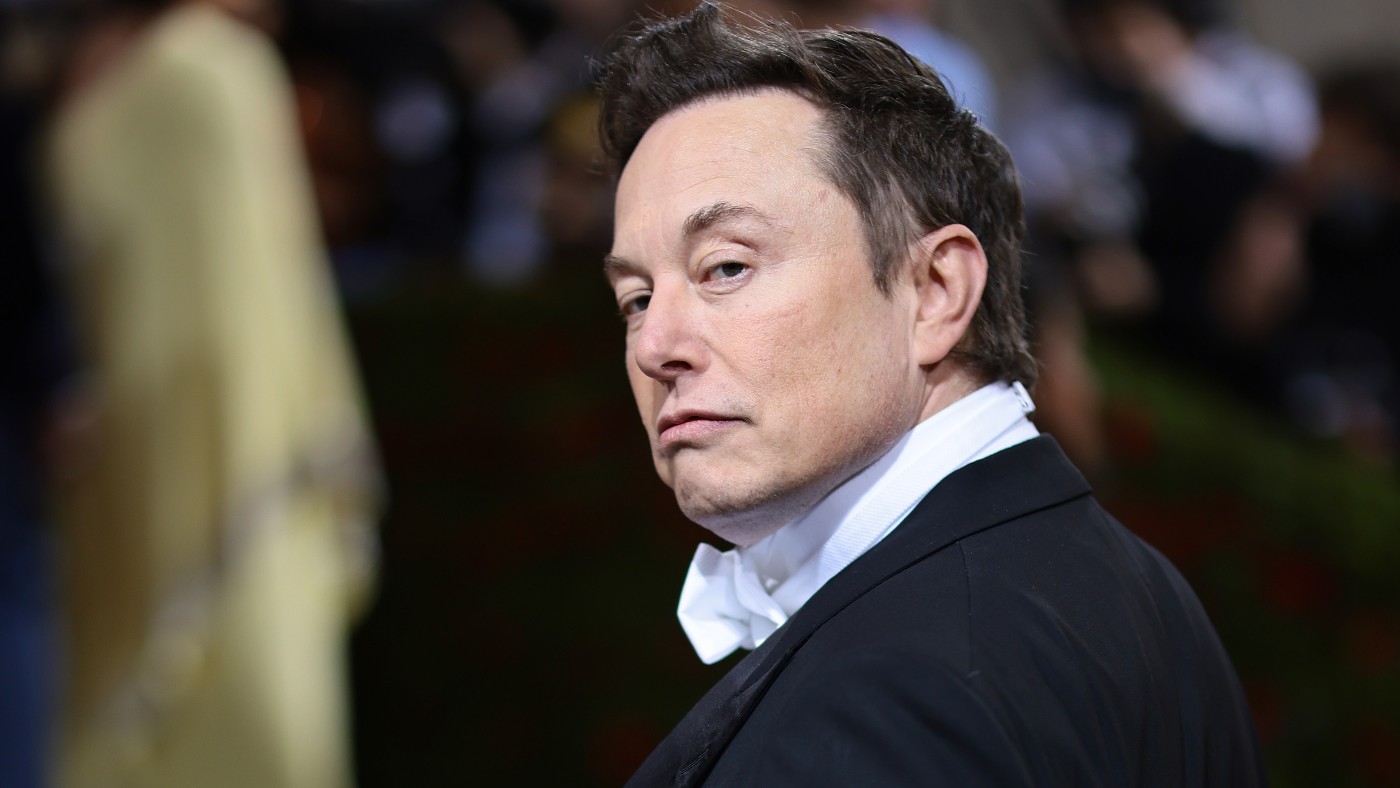 Walter Isaacson's 'Elon Musk' can 'scarcely contain its subject'
Walter Isaacson's 'Elon Musk' can 'scarcely contain its subject'The latest biography on the elusive tech mogul is causing a stir among critics
-
 Welcome to the new TheWeek.com!
Welcome to the new TheWeek.com!The Explainer Please allow us to reintroduce ourselves
-
 The Oscars finale was a heartless disaster
The Oscars finale was a heartless disasterThe Explainer A calculated attempt at emotional manipulation goes very wrong
-
 Most awkward awards show ever?
Most awkward awards show ever?The Explainer The best, worst, and most shocking moments from a chaotic Golden Globes
-
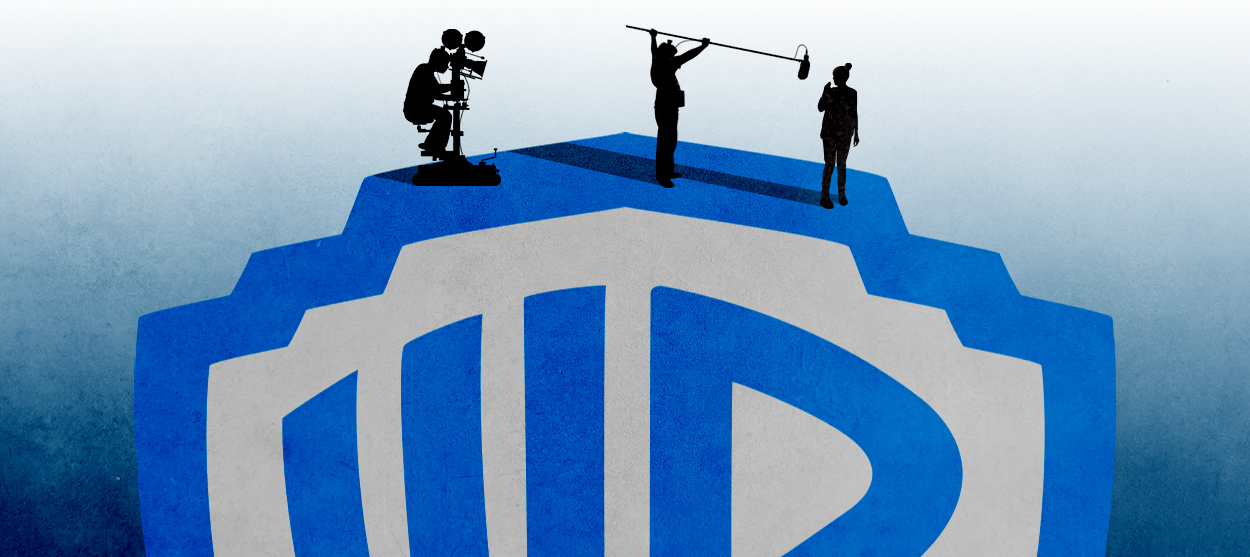 The possible silver lining to the Warner Bros. deal
The possible silver lining to the Warner Bros. dealThe Explainer Could what's terrible for theaters be good for creators?
-
 Jeffrey Wright is the new 'narrator voice'
Jeffrey Wright is the new 'narrator voice'The Explainer Move over, Sam Elliott and Morgan Freeman
-
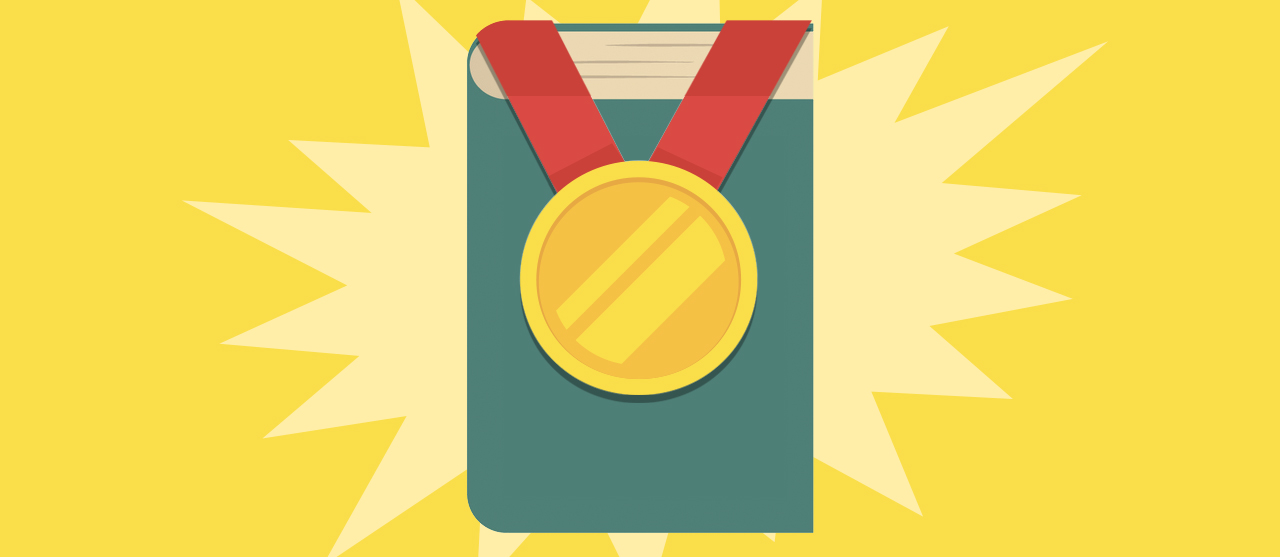 This week's literary events are the biggest award shows of 2020
This week's literary events are the biggest award shows of 2020feature So long, Oscar. Hello, Booker.
-
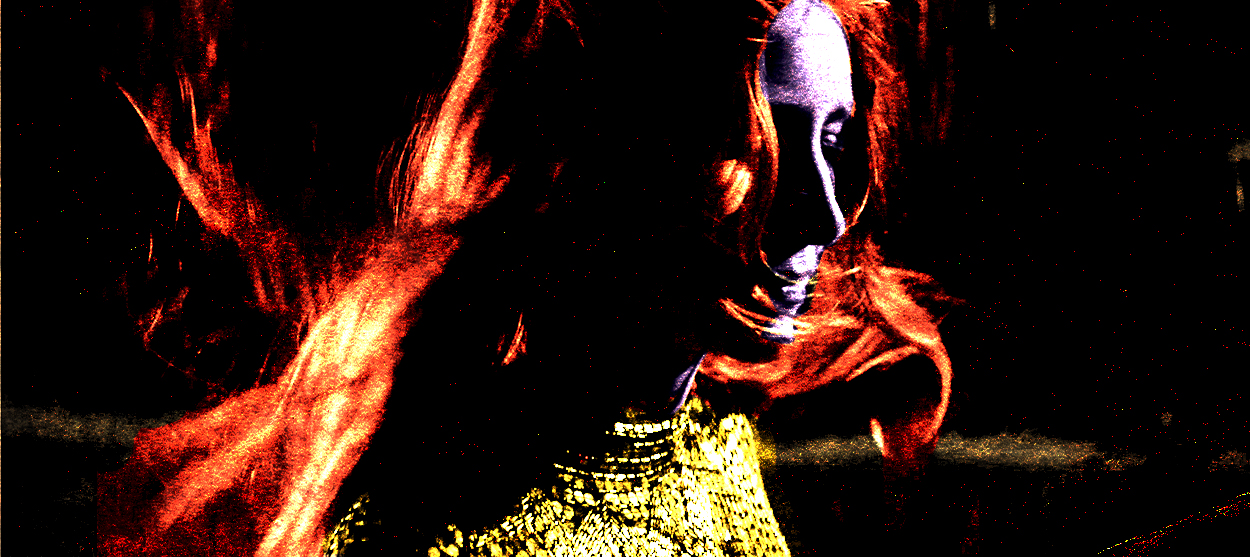 What She Dies Tomorrow can teach us about our unshakable obsession with mortality
What She Dies Tomorrow can teach us about our unshakable obsession with mortalityThe Explainer This film isn't about the pandemic. But it can help viewers confront their fears about death.
